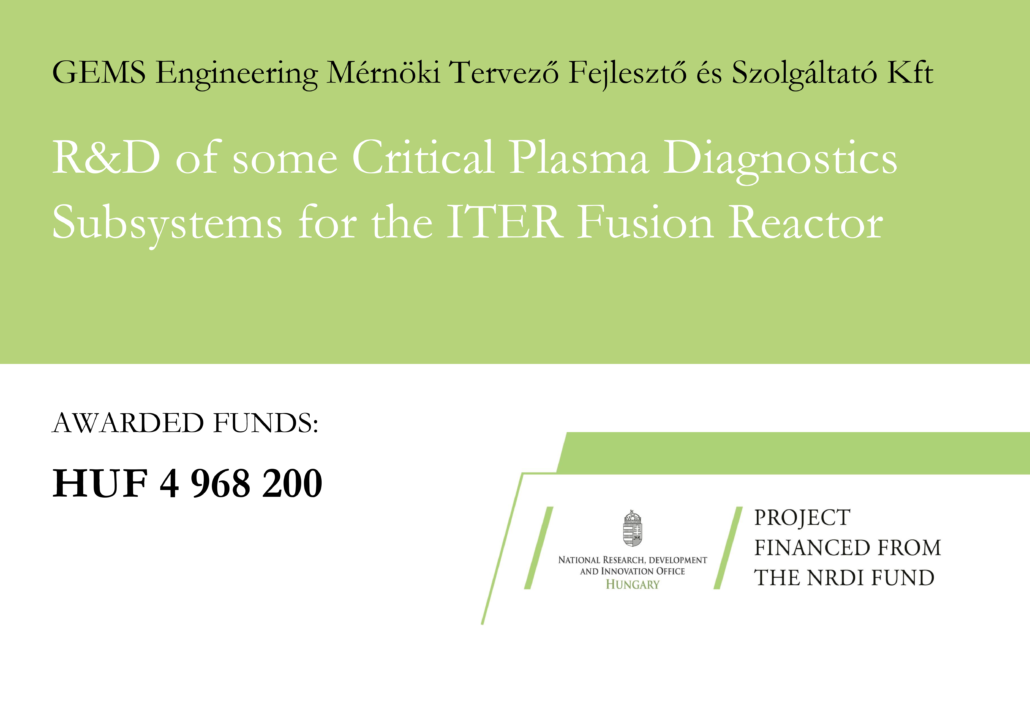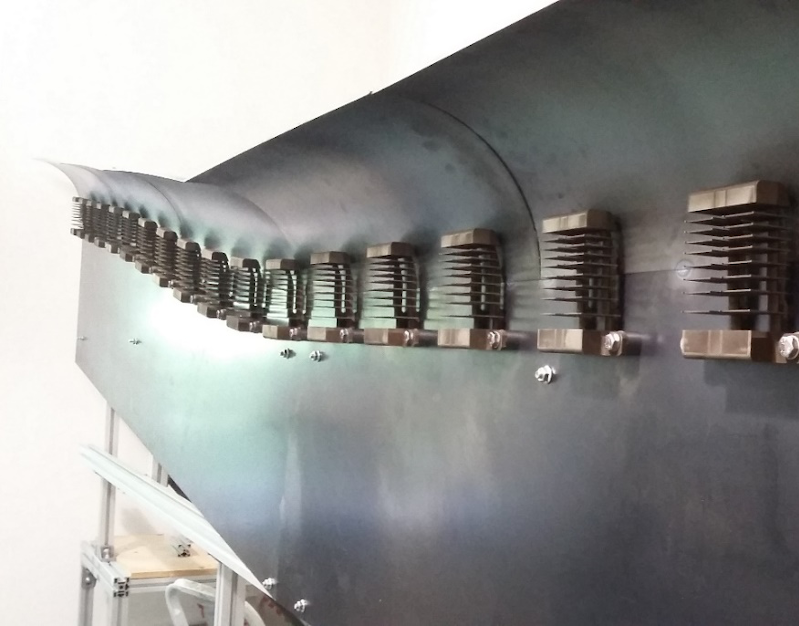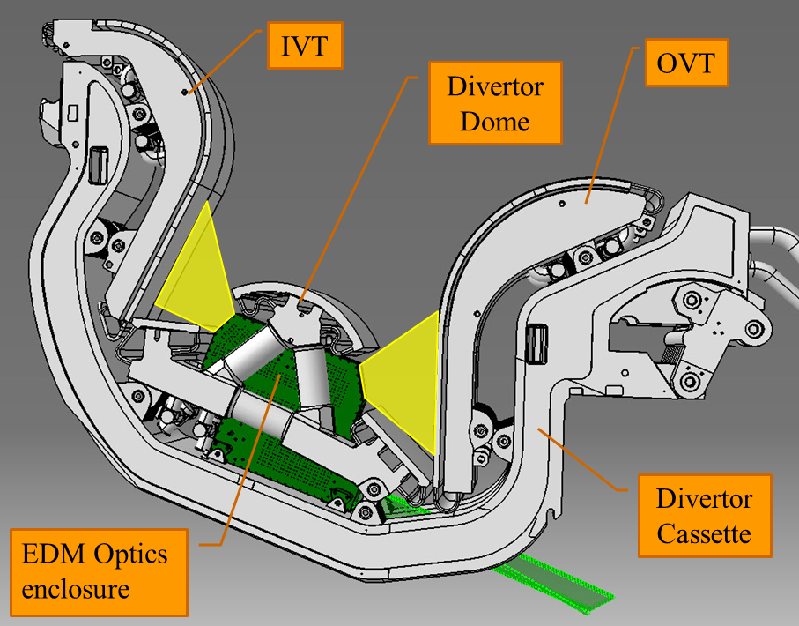Dear Visitor!
A cookie is a small text file that a website saves on your computer or mobile device when you visit the site. It enables the website to store information in order to enhance functions and improve navigation experience.
Like each site, our page – gems-engineering.com – uses cookies to improve functionality, too. No personal data stored in these cookies. You can delete cookies in your browser privacy settings at each time.
It is possible to block cookies completely in your browser settings, but you should be aware that the website will not work properly.
Our website uses some Google services (Analytics, Forms) that may set their own cookies. More about Google cookie usage: How Google uses cookies and Google Analytics Cookie Usage on Websites.
To learn more about cookies from a third-party, please visit the developer’s site.




